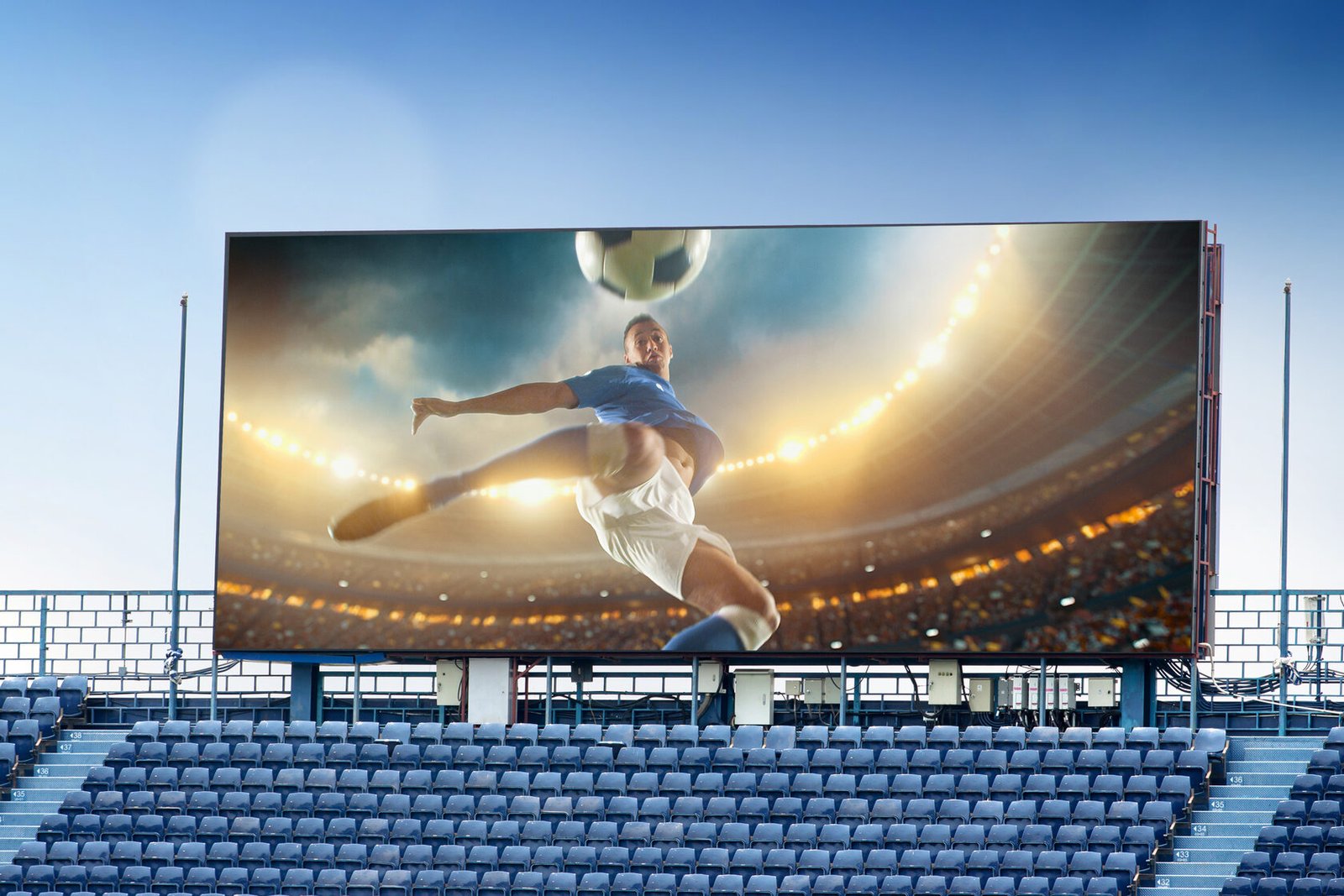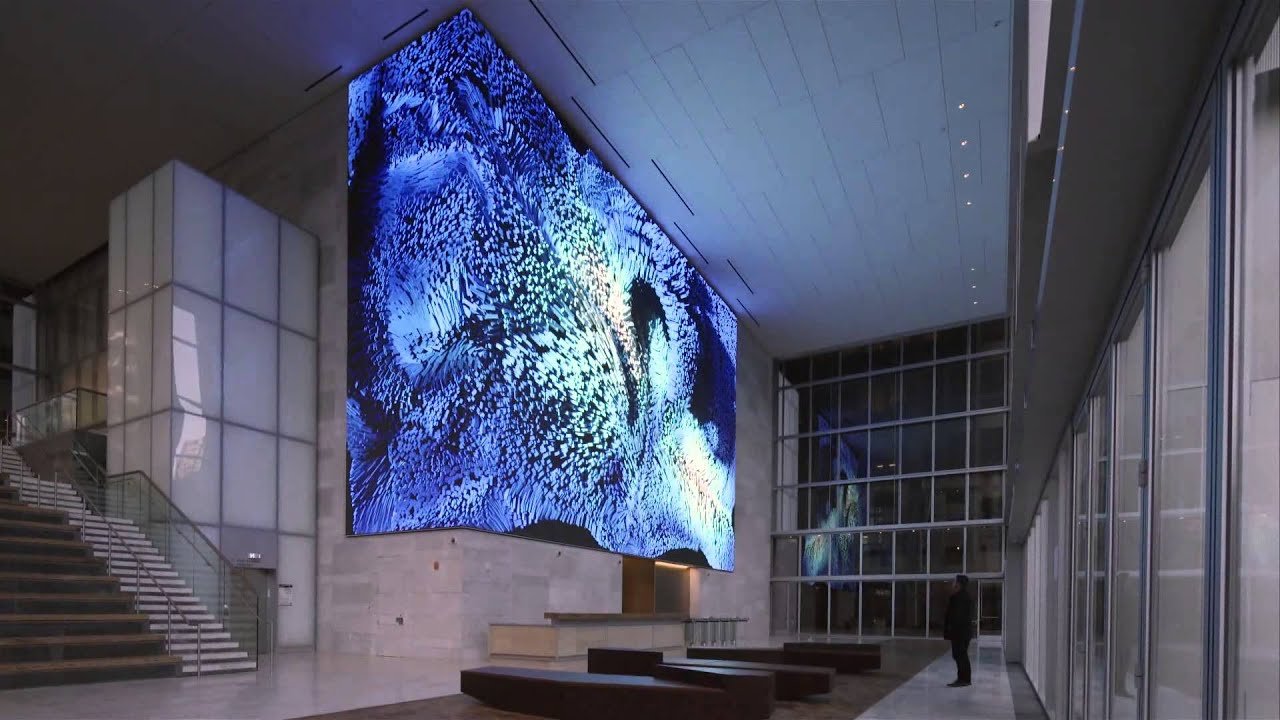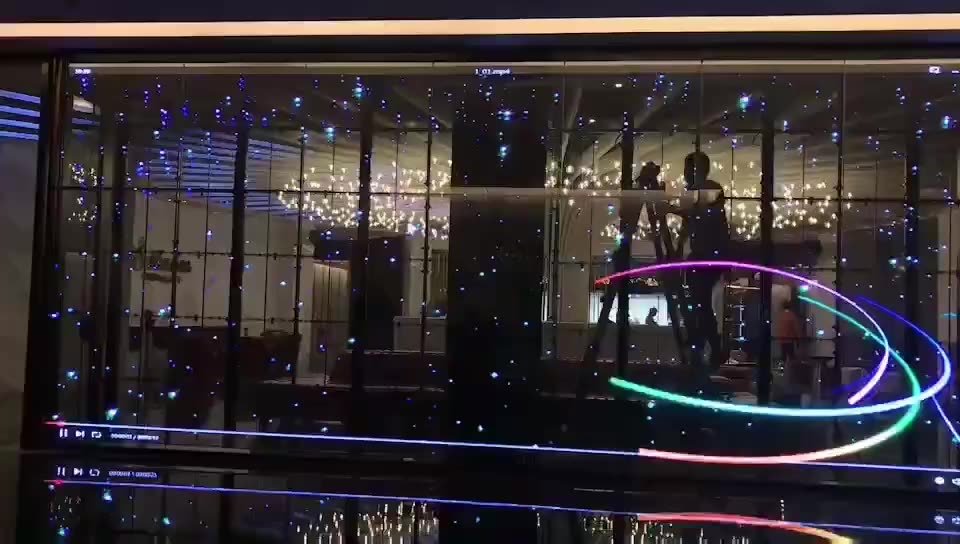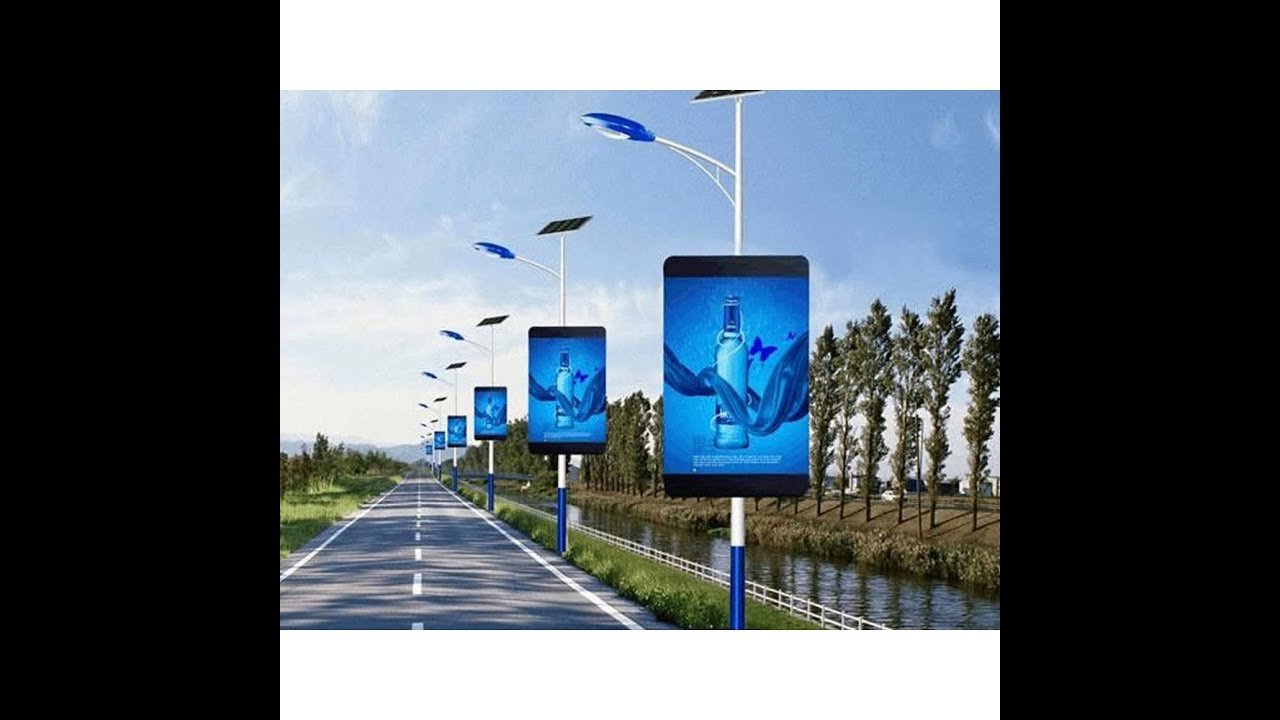In today’s digital era, businesses and advertisers are leveraging high-quality LED displays to captivate audiences with vibrant visuals and dynamic content. Whether for outdoor billboards, retail stores, or corporate events, high-quality LED displays offer unmatched brightness, durability, and energy efficiency. This article delves deep into the advantages, applications, selection criteria, installation process, and maintenance tips for high-quality LED displays, ensuring you make an informed decision when investing in digital signage solutions.
Why Choose High-Quality LED Displays?
Investing in high-quality LED displays ensures superior image clarity, long lifespan, and cost-effective advertising. Here’s why they stand out:
1. Exceptional Visual Clarity
High-quality LED displays provide sharp resolution and vivid colors, making them ideal for both indoor and outdoor use. With advancements in LED technology, these displays now offer full HD and even 4K resolutions, ensuring that images and videos appear crystal clear even from a distance.
2. Energy Efficiency and Cost Savings
Modern high-quality LED displays consume less power, reducing operational costs while maintaining high performance. Unlike traditional LCD screens, LED displays use energy-efficient diodes that require minimal electricity while delivering superior brightness.
3. Durability and Longevity
Designed to withstand harsh weather conditions, these displays offer a longer lifespan compared to traditional screens. Most high-quality LED displays have a lifespan of up to 100,000 hours, making them a valuable long-term investment for businesses.
4. Versatile Applications
From shopping malls to sports arenas, high-quality LED displays are used for advertising, information sharing, and entertainment purposes. Some common applications include:
- Retail Stores: Digital signage enhances customer engagement and promotes sales.
- Corporate Events: Used for presentations, conferences, and product launches.
- Sports Stadiums: Provides live streaming, scores, and advertising.
- Outdoor Billboards: Effective for large-scale advertisements and brand promotions.
How to Choose the Best High-Quality LED Display
When selecting high-quality LED displays, consider the following factors:
1. Pixel Pitch & Resolution
Pixel pitch determines the clarity of the display. A lower pixel pitch means higher resolution, which is ideal for close-viewing distances. For outdoor applications, a higher pixel pitch may suffice.
2. Brightness Levels
Opt for displays with adjustable brightness for different lighting conditions. Outdoor LED screens should have a brightness level of at least 5,000 nits for visibility in direct sunlight.
3. Refresh Rate & Color Accuracy
A higher refresh rate ensures smooth video playback, crucial for advertising screens. Aim for at least a 1,920 Hz refresh rate for flicker-free images.
4. Weather Resistance
Ensure the display is waterproof and dustproof for outdoor installations. Look for an IP65 rating or higher to guarantee durability in extreme weather conditions.
5. Installation Requirements
Consider whether you need a wall-mounted, freestanding, or ceiling-hanging display. The installation process varies depending on the screen size and intended application.
Installation & Maintenance of High-Quality LED Displays
Step 1: Planning & Site Assessment
Analyze the location, audience, and viewing angles before installing high-quality LED displays. Proper planning ensures maximum visibility and effectiveness.
Step 2: Professional Installation
Hire experts for seamless installation and secure mounting to prevent display damage. Professionals ensure that wiring and connectivity are properly handled, reducing potential issues.
Step 3: Regular Maintenance
To prolong the lifespan of high-quality LED displays, schedule periodic maintenance, clean screens properly, and update software regularly. Key maintenance practices include:
- Cleaning Dust and Debris: Use a microfiber cloth and mild cleaning solutions to prevent damage.
- Checking Electrical Connections: Regularly inspect for loose wiring or potential short circuits.
- Software Updates: Ensure that the display’s software is up-to-date to avoid glitches.
FAQs About High-Quality LED Displays
1. What is the difference between LED and LCD displays?
LED (Light Emitting Diode) displays use individual diodes to emit light, providing better brightness and energy efficiency. LCD (Liquid Crystal Display) screens use a backlight to illuminate pixels, often resulting in lower brightness levels.
2. How long do high-quality LED displays last?
Most high-quality LED displays have a lifespan of up to 100,000 hours, depending on usage and maintenance.
3. Can LED displays be used outdoors?
Yes, high-quality LED displays designed for outdoor use are weatherproof and equipped with high-brightness levels to remain visible under direct sunlight.
4. What are the key features to look for in a high-quality LED display?
Key features include high resolution, energy efficiency, a high refresh rate, adjustable brightness, and weather resistance.
5. Are LED displays energy-efficient?
Yes, modern LED displays consume significantly less power than traditional displays, making them cost-effective and eco-friendly.
6. What is pixel pitch, and why does it matter?
Pixel pitch refers to the distance between individual LED pixels. A lower pixel pitch means higher resolution and better image quality, making it crucial for applications requiring close-up viewing.
7. How much does a high-quality LED display cost?
The cost varies based on size, resolution, and features. Indoor LED screens may start at a few hundred dollars, while large outdoor billboards can cost thousands.
8. Do LED displays require special maintenance?
Regular maintenance, such as cleaning the screen, checking electrical connections, and updating software, ensures longevity and optimal performance.
9. Can LED displays be customized for branding?
Yes, many manufacturers offer custom LED displays tailored to specific branding needs, including unique shapes, colors, and display effects.
10. How do I choose the best LED screen supplier?
Look for a reputable supplier with positive customer reviews, quality certifications, and after-sales support. It’s also essential to compare pricing and product specifications before making a purchase.
Conclusion
High-quality LED displays are a game-changer for businesses looking to enhance their marketing efforts. With stunning visuals, energy efficiency, and durability, they are an excellent investment for long-term digital signage solutions.
By understanding the benefits, selection criteria, installation steps, and maintenance requirements, businesses can maximize the potential of high-quality LED displays. Whether for retail promotions, outdoor advertising, or event displays, these screens offer unmatched visual impact and reliability. Are you ready to upgrade your display solutions? Choose high-quality LED displays today and transform your visual communication strategies!






